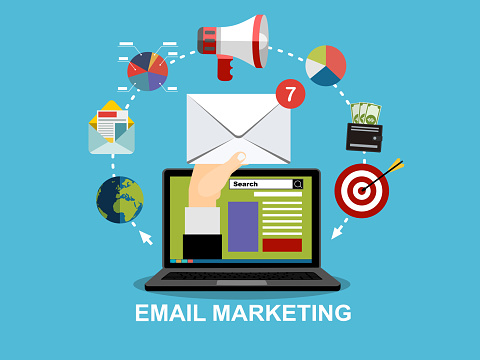Google Reviews Glitch – An Update for Business Owners
Google Reviews play a crucial role in how businesses attract customers, build trust, and enhance their online presence. However, a recent Google Reviews glitch has caused confusion and frustration for many business owners. If you’ve noticed missing reviews, fluctuating review counts, or inconsistencies in your Google My Business (GMB) listing, you’re not alone.
At Zenergy Works, we specialize in SEO, Google My Business optimization, and local listing management, so we’re breaking down what’s happening, why it matters, and how to respond.
What is the Google Reviews Glitch?
Recently, business owners have reported issues with Google Reviews, including:
- Reviews disappearing or not showing up
- Review counts fluctuating without explanation
- New reviews taking longer than usual to appear
- Ratings changing without new reviews being added
This glitch has affected businesses across industries, raising concerns about how Google’s algorithm manages review moderation, filtering, and display updates.
Why This Matters for Your Business
Google Reviews Impact Your SEO & Visibility
Google prioritizes businesses with consistent, positive reviews in local search rankings. If your reviews disappear or your rating suddenly drops, your business could lose valuable visibility.
Reviews Build Trust & Influence Consumer Decisions
Potential customers rely on reviews to make purchasing decisions. A sudden decrease in review count or missing positive feedback could impact credibility and conversion rates.
Google My Business Listings May Be Affected
Because reviews are integrated into your Google My Business profile, any inconsistencies can create confusion for both business owners and potential customers.
What is Causing the Glitch?
While Google has not released an official statement, several possible causes could be responsible:
How to Handle the Google Reviews Glitch
If your business is affected, don’t panic! Here are some steps to mitigate the impact and restore your online reputation:
Check Your Google My Business Dashboard
Log into your GMB profile and see if there are any notifications about review issues. Sometimes, updates or warnings will appear here.
Monitor Your Reviews & Keep Records
Take screenshots of your review history and keep track of missing reviews. If they return, you’ll have documentation to compare.
Ask Customers to Repost Reviews
If a legitimate review disappears, kindly ask the customer to check if it’s still in their Google profile and, if needed, to repost it.
Contact Google Support
You can report missing reviews directly through Google Business Support. While they don’t always restore lost reviews, they may offer insight into the issue.
Diversify Your Review Strategy
Encourage customers to leave reviews on multiple platforms like Yelp, Facebook, and industry-specific review sites. That way, you’re not solely relying on Google.
Keep Your SEO & Local Listings Optimized
Even if reviews are fluctuating, maintaining a strong SEO strategy, updated GMB profile, and well-optimized website will help sustain your online visibility.
Final Thoughts: Stay Proactive
The Google Reviews glitch is frustrating, but it’s a temporary setback that businesses can navigate with the right strategy. Staying proactive, transparent with customers, and focused on a long-term SEO plan will ensure your business continues to thrive despite technical hiccups.
At Zenergy Works, we help businesses optimize their online presence, manage local listings, and build strong SEO strategies.
Need help with your Google My Business or SEO? Get a free quote today and take control of your online reputation!



